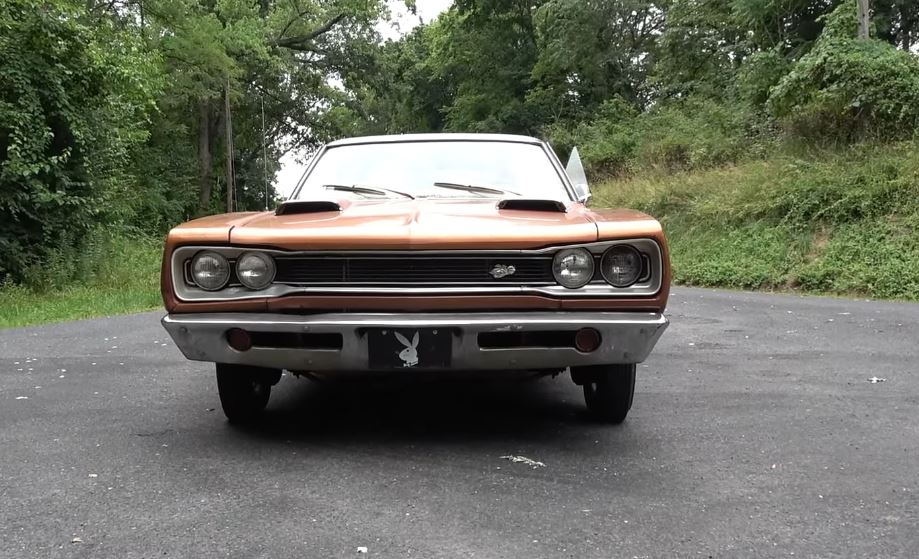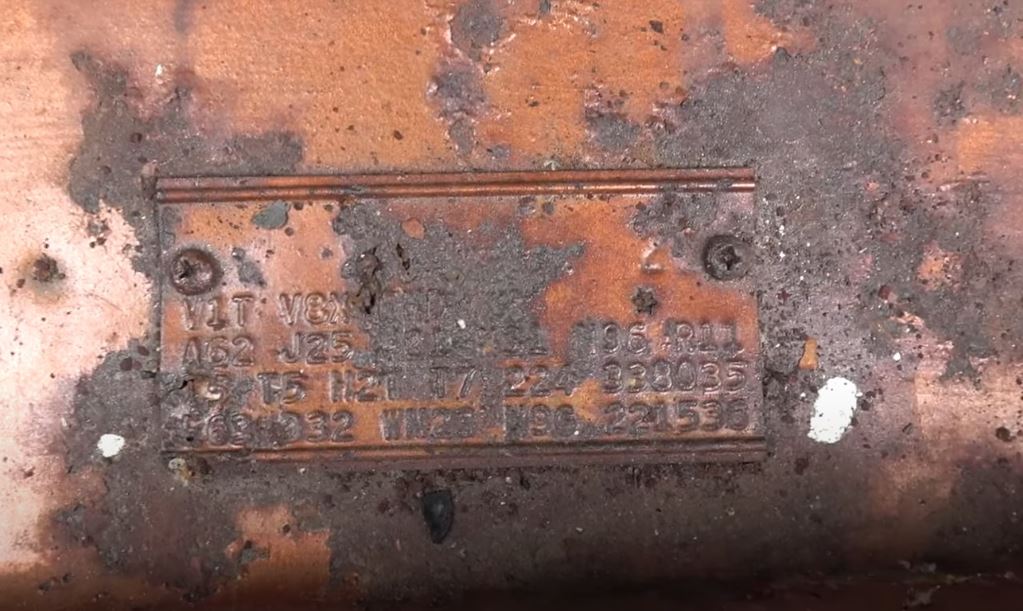Fifty years is a long time for a classic car to sit in storage. Unless it’s a proper garage, the vehicle is bound to become a rust bucket after five decades. Some rigs, however, manage to soldier on in one piece despite spending all that time in a barn or a backyard, under full exposure to the elements. This 1969 Dodge Super Bee is one of those lucky classics.
Sold new in Franklin, North Carolina, the Mopar was driven by its original owner for about four years. In 1973, he decided to park it with fewer than 65,000 miles on the odometer, and the Super Bee sat almost untouched until 2023. That’s when the current owner purchased the Dodge.
Rescued from a backyard, the Mopar emerged with the usual issues associated with improper storage. The paint showed weathering and scratches, while the upholstery and the dashboard were damaged by exposure to seasonal changes. Of course, the door panels also showed discoloration. The headliner was saggy and damaged beyond salvation.
Not surprisingly, the trunk floor pan was eaten away by rust, which also affected the integrity of the rear suspension. The cabin floor pans, on the other hand, took all those decades of neglect without significant issues.
Fortunately, the second owner purchased the Super Bee to return it to the road rather than remove usable parts for other projects. But instead of a restoration, he opted to preserve the Super Bee’s weathered look and made a few necessary repairs and adjustments.
He obviously installed a trunk pan and reworked the rear suspension. He also removed the rotten headliner and carpets but kept the beat-up upholstery and cracked steering wheel. And if you ignore the big holes on the driver-side bench and the ugly cover on the dashboard, this interior is actually a decent place to spend time.
There’s no information about what happened with the original engine, but the Super Bee hit the streets for the first time in 50 years with a swap. This car was born with a 383-cubic-inch (6.3-liter) V8, the base Super Bee engine, in 1969. It’s unclear whether the original mill was stuck or missing vital components, but our host opted to drop a 440-cubic-inch (7.2-liter) V8 under the hood.
While purists may not agree with the swap, the 440 RB is a legit unit for a 1969 Super Bee. Dodge had just introduced the Six-Pack option that year, slotting it between the entry-level 383 and the range-topping 426-cubic-inch (7.0-liter) HEMI. The Six-Pack came with 390 horsepower on tap, 15 more than the four-barrel version of the same unit.
The Six-Pack is actually a pretty rare setup, with only 1,907 units sold in 1969. The HEMI is the scarcest, with 166 examples produced. In its original configuration, this Super Bee is one of a whopping 25,717 cars fitted with the 383 big-block V8. It’s not exactly rare, I know.
But even though it’s not rare by production numbers, this Super Bee sports a rarely-seen color combo: a T5 Bronze Metallic exterior and a two-tone brown/tan interior. It’s not the prettiest color combo out there, but it sure makes a Super Bee stand out.
Overall, I’m not a big fan of the wide rear wheels, and I wish the Super Bee would get its original 383 V8 back, but I’m glad this Mopar was rescued and returned to the road after a whopping 50 years. It’s a proper survivor that needs some work to become an unrestored gem.
Hit the play button below for the full walkaround, and make sure you follow Lou Costabile’s YouTube channel if you’re into classic cars. He’s documenting all sorts of cool rigs.

